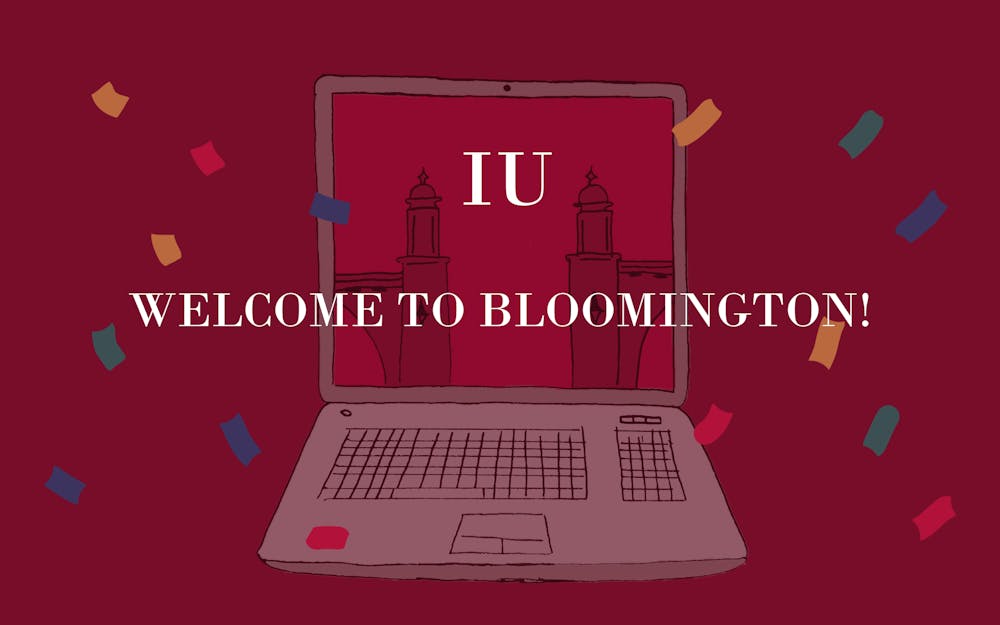Freshman Kat Griffith didn’t expect her IU orientation experience to happen independently, but many of the typical orientation activities she participated in took place entirely on Canvas.
Orientation leaders welcome new students to campus and prepare them for their first semester at IU. The orientations for fall 2021 will look similar to last fall — it will be fully virtual.
Leaders plan to implement techniques to improve the virtual orientation experience for the class of 2025. These changes might include more synchronous meetings with students.
Related: [IU New Student Orientations moved online in response to COVID-19 pandemic]
“I think (orientation) should have been outlined more clearly. I was worried about missing something important because it felt really jumbled together,” Griffith said. .
Before the start of the fall semester, leaders planned a new type of orientation. The orientation is done at the student’s pace and now occurs via Zoom and Canvas. During orientation, incoming students make friends, see the campus and learn about topics such as places around campus, academic advising and student loans.
Orientations will return to in-person eventually as the pandemic resolves but will remain online for the time being.
Online orientation consisted mainly of Canvas modules for the incoming students to complete on their own. Modules included information about places on campus, cultural centers, academic advising, financial aid and more.
Students are required to complete orientation modules before their semesters begin.
Once students enroll at IU, they can schedule their virtual advising appointment to schedule classes. When this is done, they can begin their orientation experience any time by working on the Canvas modules.
Lauren Wilkins, a junior at IU and a student coordinator for the Office of First Year Experience Programs, was an orientation leader for fall 2020. Even though it was different than she expected, she still enjoyed helping new students, she said.
“I could feel like I was helping these students feel more comfortable coming to campus, especially in this crazy year with the pandemic,” Wilkins said.
Adjusting for the pandemic, orientation leaders began calling students to answer their questions. Leaders also asked students to introduce themselves to one another to facilitate the friendships orientation would typically provide.
Liliana Oyarzun, the associate director of the Office of First Year Experience Programs, said she was proud of what leaders accomplished during the first round of online orientation. She said she recommends being an orientation leader to others despite the changes.
“This is a wonderful experience to really hone professional skills to learn a lot more about campus, about yourself and really just an opportunity to mentor and guide students,” Oyarzun said.
The switch to online orientations was difficult for some incoming students who were confused by the process and wanted to meet new people.
“I think overall it was helpful, but it was pretty self-directed. So I kind of felt like there were moments where I wasn’t entirely sure what I was supposed to be doing,” she said.
Griffith said orientation seemed disorganized and confusing to her, but she understood that planning it must have been challenging.
Griffith couldn't recall making personal connections with anyone during this experience, so she recommends that leaders work on adding more interactive elements that will help with this.
“I think trying to make it feel a bit more personal would be super helpful,” she said.
Oyarzun said that the Office of First Year Experience Programs will reform the program based on feedback the office received.
For future sessions, orientation leaders are planning to add more synchronous sessions but are maintaining the Canvas module setup.
The Office of First Year Experience Programs is accepting applications for orientation leaders through Feb. 15.




